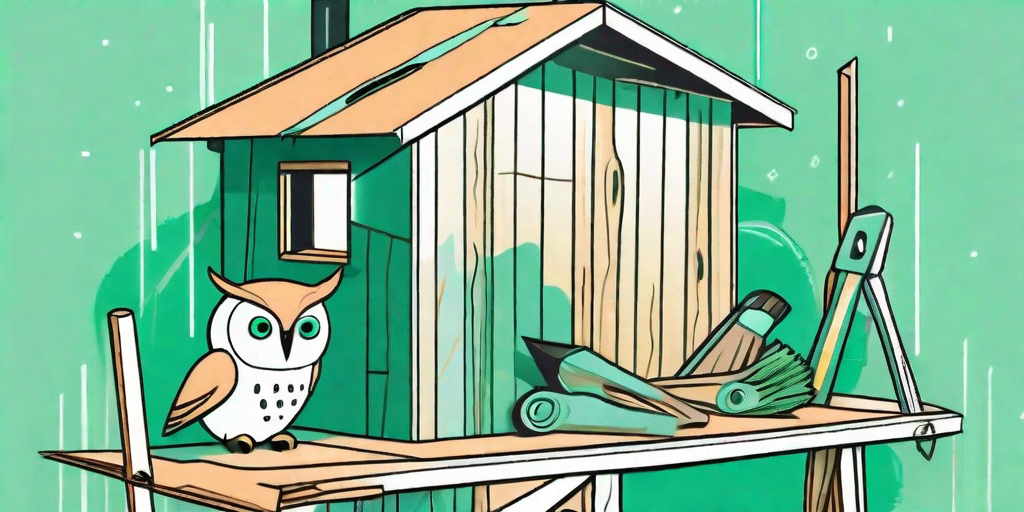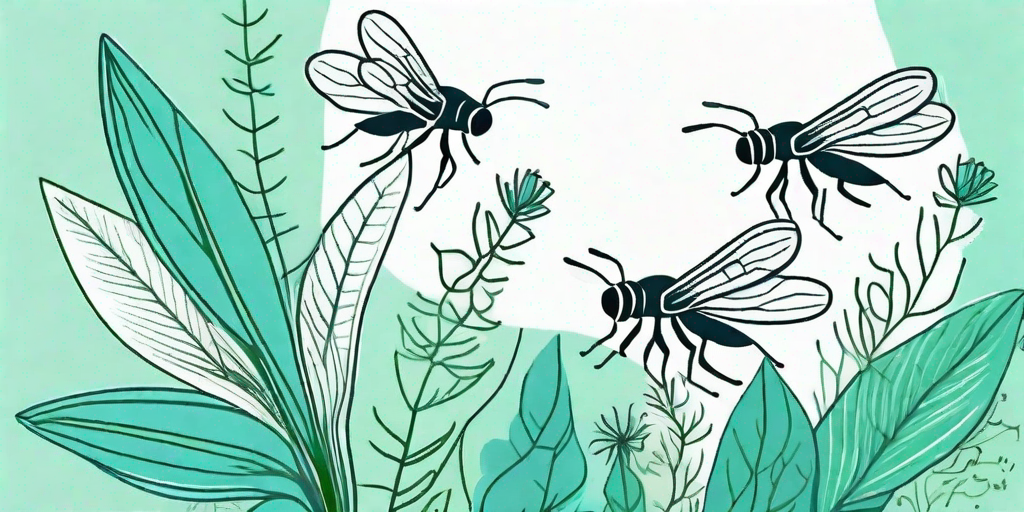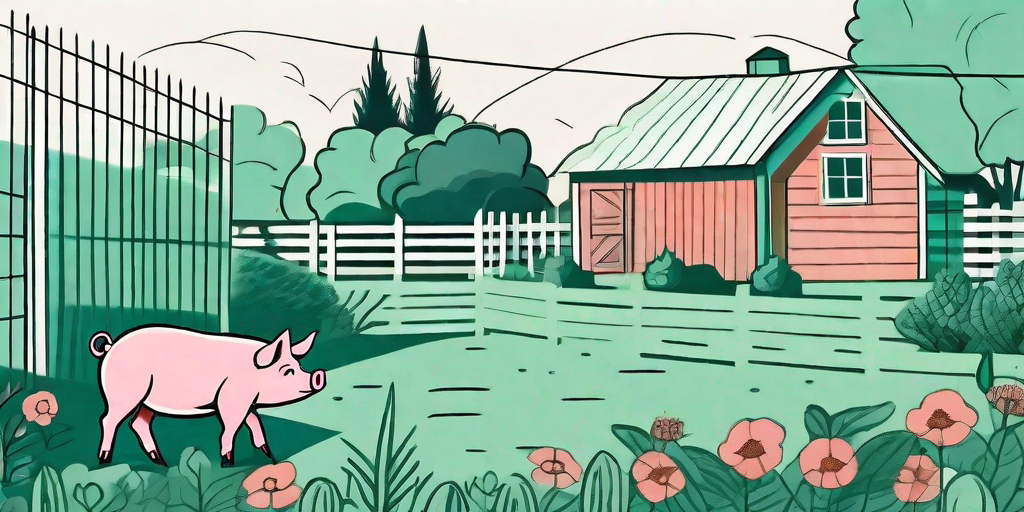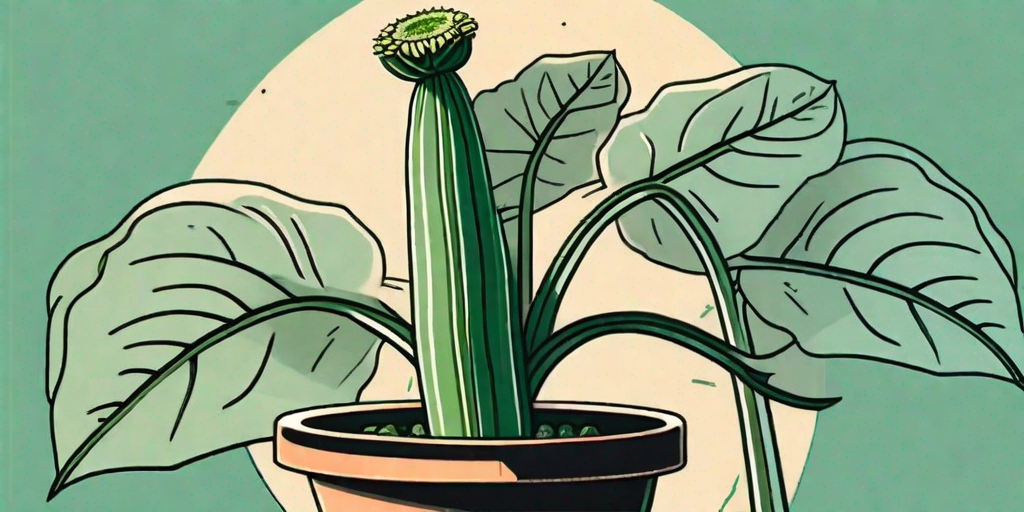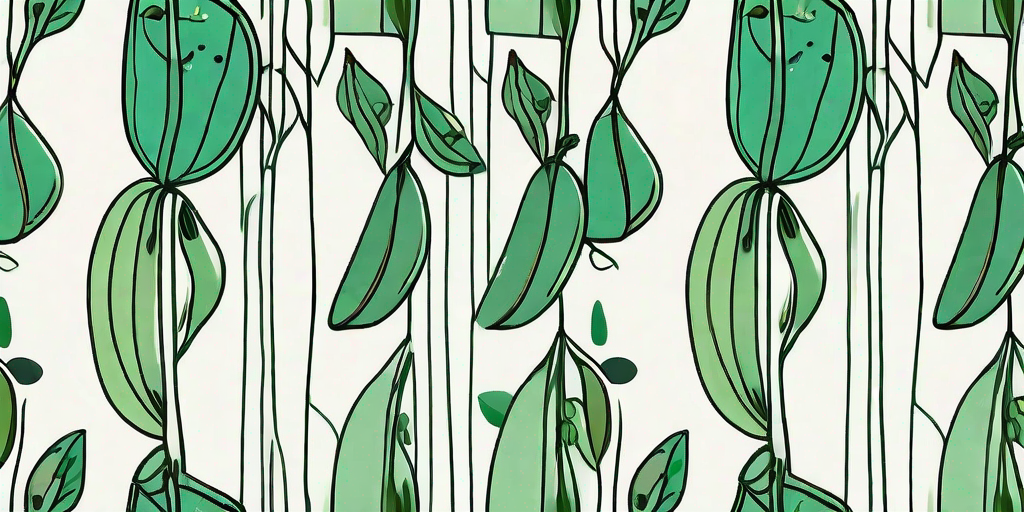
Ever wondered why your plants don't seem to thrive, despite your best efforts? The answer might be right beneath your nose, or rather, beneath your plants. Yes, we're talking about roots, the unsung heroes of the plant world. But don't worry, we're here to spill the dirt on how to achieve healthy roots.
The Root of the Matter
Roots are the lifeblood of any plant. They're the plant's personal miners, tirelessly extracting water and nutrients from the soil. But that's not all. They also provide stability, preventing your beloved green friends from toppling over at the slightest breeze.
However, roots can be a bit finicky. They need just the right conditions to flourish. Too much water, and they drown. Too little, and they shrivel up. It's a delicate balancing act that requires a bit of know-how.
Understanding Root Health
Healthy roots are typically white or light brown, firm to the touch, and spread out evenly in the soil. Unhealthy roots, on the other hand, are often dark, mushy, and emit a foul smell. If your plant's roots look like they've seen better days, it's time to take action.
But fear not, dear plant parent. With a little bit of knowledge and a dash of patience, you can turn things around. So, let's dig in and uncover the secrets to healthy roots.
How to Promote Healthy Roots
Now that we've covered the basics, let's get to the fun part: how to promote healthy roots. Here are some tried-and-true methods that will have your plants thanking you in no time.
Choose the Right Soil
Not all soils are created equal. Some are heavy and compact, while others are light and airy. For most plants, a well-draining soil that's rich in organic matter is ideal. This type of soil allows roots to breathe and grow without being waterlogged.
When choosing soil, consider the needs of your specific plant. Some plants prefer acidic soil, while others thrive in alkaline conditions. Do your homework, and your plants will reward you with healthy roots.
Water Wisely
Watering is a bit like Goldilocks' porridge. It has to be just right. Too much water can lead to root rot, while too little can cause roots to dry out. The key is to water deeply but infrequently, allowing the soil to dry out between waterings.
Remember, different plants have different watering needs. Succulents, for example, need far less water than ferns. When in doubt, it's better to underwater than overwater. Your roots will thank you.
Common Root Problems and Solutions
Even with the best care, roots can sometimes run into problems. Here are some common issues and how to solve them.
Root Rot
Root rot is a common issue that can spell disaster for your plants. It's usually caused by overwatering or poor drainage. The roots become waterlogged, creating the perfect conditions for harmful fungi to thrive.
The solution? Improve drainage by adding perlite or sand to your soil. And remember, when it comes to watering, less is often more.
Compacted Soil
Compacted soil can suffocate roots, preventing them from absorbing water and nutrients. If your soil is hard and dense, it's time for a change.
Try mixing in some compost or well-rotted manure to improve soil structure. Your roots will be able to breathe again, and they'll have access to plenty of nutrients.
Frequently Asked Questions
How often should I water my plants?
There's no one-size-fits-all answer to this question. It depends on the type of plant, the size of the pot, the type of soil, and the climate. A good rule of thumb is to water when the top inch of soil feels dry to the touch.
What's the best type of soil for healthy roots?
Most plants prefer a well-draining soil that's rich in organic matter. However, some plants have specific soil requirements. Always research the needs of your specific plant.
How can I tell if my plant's roots are healthy?
Healthy roots are typically white or light brown, firm to the touch, and spread out evenly in the soil. Unhealthy roots are often dark, mushy, and emit a foul smell.
So, there you have it, folks. The secret to healthy roots is a combination of the right soil, proper watering, and a keen eye for potential problems. With these tips in your gardening arsenal, you'll be well on your way to becoming a root whisperer. Happy gardening!






